If you're not interested in this stuff, just go ahead and skip to the next post, because I have a feeling it's gonna be a LONG one.
"That's what she said!"
Anyhow…
I blame Ken.
I met Ken in 1972, shortly after starting high school and moving into a new home in a brand new subdivision about a half mile from where we'd lived for the previous eight years. Ken was a NJB whose family had relocated from Chicago a few months prior to our arrival on the street. Our families immediately became friends and Ken remains my only buddy from high school who I'm still in contact with.
Prior to meeting Ken, my idea of hi-fi equipment was the all-in-one Lloyds stereo my family had purchased from Smitty's grocery store and my dad's confoundingly esoteric reel-to-reel tape recorder that I was never allowed to touch. When I met Ken, however, that view was shattered.
Ken had a Harman-Kardon receiver, a Dual turntable, and a pair of—I believe—Dynaco speakers. And shortly after we met, he acquired a Teac cassette deck. It wasn't like I was unfamiliar with the medium, but until that time my experience had been limited to pre-boombox portable players. Needless to say, I became immediately enamored of all this gear, but at the time—only receiving a meager weekly allowance for yard work and taking out the trash—my ability to acquire my own was…limited.
Every summer, Ken and his family would return to Chicago for a week or so, and while there, Ken would attend the Consumer Electronics Show, returning with shopping bags full of hi-fi brochures. (He still has all of them, but refuses to let me scan them because, "They're in the garage somewhere and way too hard to find.") We would sit in his room and pour over all this material, dreaming of the day we'd each be able to own our ultimate system.
Later that school year I'd managed to scrape together enough funds to get my own stereo. It was a Panasonic dual 8-track player. Not hi-fi per se, but it was still a cut above the Lloyds player in the family room and it looked cool. It also allowed me to explore my own burgeoning musical tastes in private. Why 8-track, instead of the obviously better cassette medium you ask? Because it's what Tom—a boy I was hopelessly crushing on my freshman year—listened to. It didn't have a built-in record player, but several months later I scraped together another couple hundred dollars and bought my first hi-fi turntable, a Philips GA212. It was a simple manual, belt-driven table but it had touch controls!
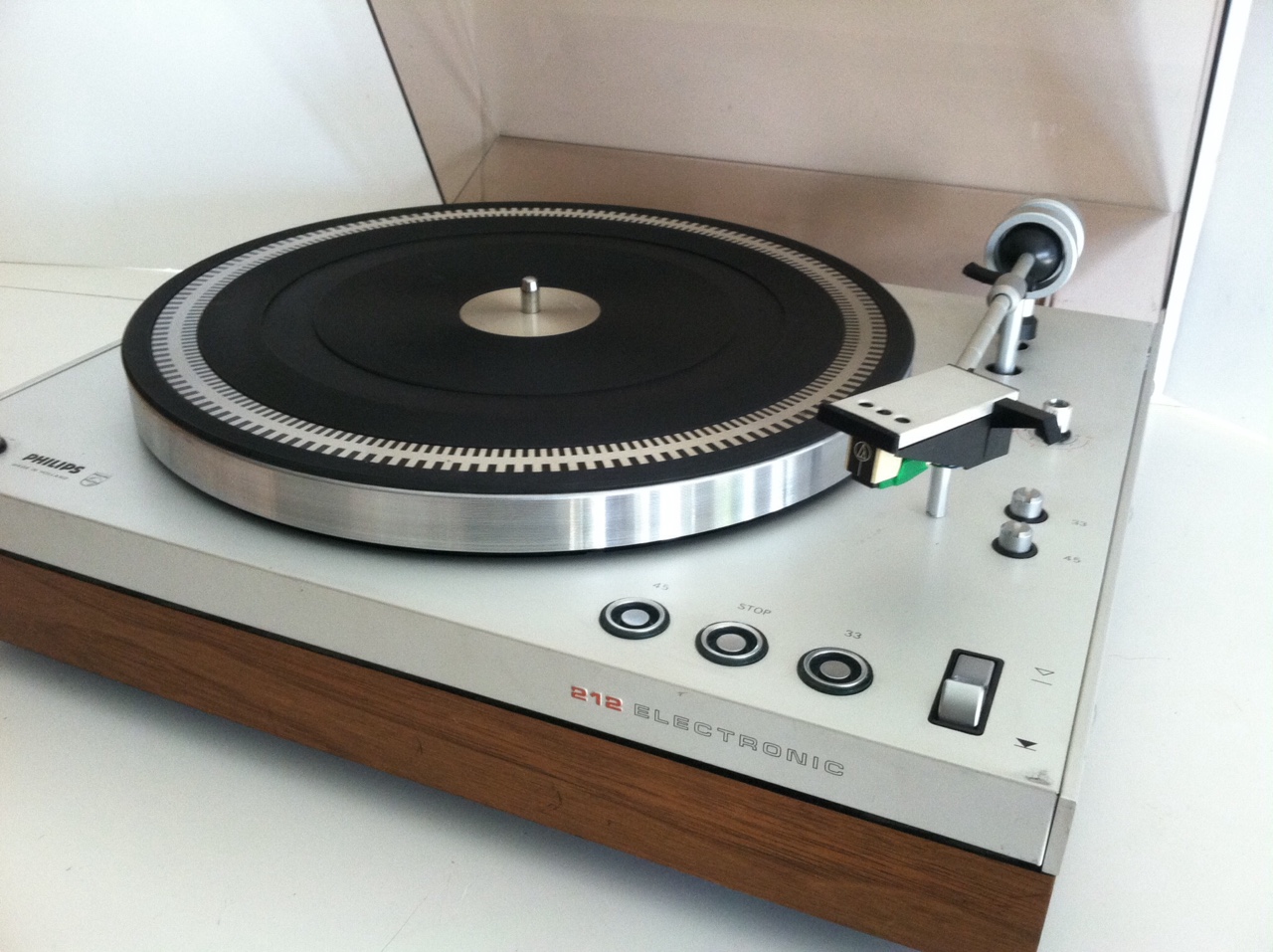
I've made so many ultimately regrettable purchases over the years simply because I was both an early-adopter and easily wowed if the product had a coolness factor, and that turntable was no exception. It turned out that when the light bulbs that illuminated the touch controls burned out, the controls stopped functioning altogether…
The following summer, Ken returned from Chicago with not only the usual bags of product literature, but also a brand new turntable: a Technics SL-1300.
Upon seeing it, I was definitely guilty of violating the Tenth Commandment.
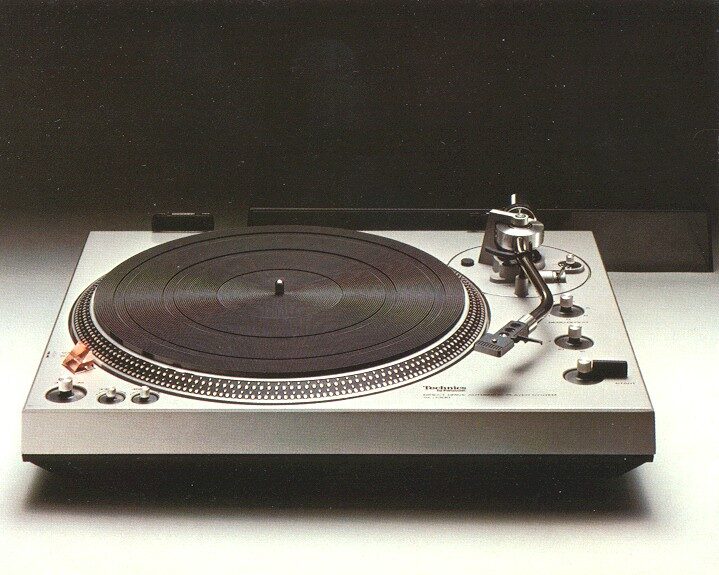
Tragedy struck Ken's family a year later when his dad suddenly passed away. Shortly thereafter his Harman-Kardon receiver disappeared and was replaced with a Yamaha B-2 VFET power amp, a Sony TAE-5450 preamp, and a pair of Celestion Ditton 66 speakers. There was some—controversy—when this happened because his Dad had refused to foot the bill for these toys when he was alive but Ken had bought them with some of the money from his dad's life insurance proceeds…
Concurrently, my other friend Gary was also getting into this stuff. (I think it was a guy thing in the 70s, y'know?) He'd purchased a Kenwood KR-7400 receiver, a Technics SL-1400 turntable (a semi-automatic version of the fully automatic 1300), a Nakamichi 550 cassette deck, and a pair of Infinity 1001A loudspeakers. His system wasn't as "good" as Ken's but it sounded great. Gary let me babysit it one summer when he was gone on an extended vacation, and I could easily see myself owning such a setup. And it was something actually within my budget now that I'd had a summer job.
Sadly, all this still remained out of reach for me until after we'd all graduated. Graduation brought in enough funds that I actually could indulge some of my long-simmering desires.
During the interim between the time Ken got his Yamaha B-2 amp and our graduation, Sony had come out with its own line of VFET amplifiers. While I would've loved to snag my own B-2, the prices were in the stratosphere (and still are on the used market), it was simply out of reach. Fortunately, Sony's offerings were much more affordable (at least in the lower power ranges) and provided me the opportunity to get that VFET sweetness. I've written about this before, but suffice to say that the sound of a VFET amp was so superior to anything else out there at the time that there was no way I was going to settle for anything else, even if it meant putting off replacing my troublesome Philips turntable. Remember how I said I was an early-adopter and easily distracted by coolness? And remember how I said it nearly always comes back to bite me on the ass? The Sony was no exception.
Anyhow, I ended up buying a pair of the Infinity 1001As loudspeakers like Gary had, and a Sony TA-5650, a 50 watt/channel integrated VFET amplifier. The sound was beautiful; angelic choir beautiful.
It also ran so hot you could fry an egg on its top cover.
It died within three months. I had it repaired under warranty.
Since I'd splurged on the amp, I didn't have funds to upgrade the turntable until about six months later. The Technics SL-1300 turntable that I'd been drooling over for the previous three years had been discontinued, but it was replaced by the SL-1600, an updated version that retained nearly all the design cues but had improved circuitry, tonearm, and suspension.
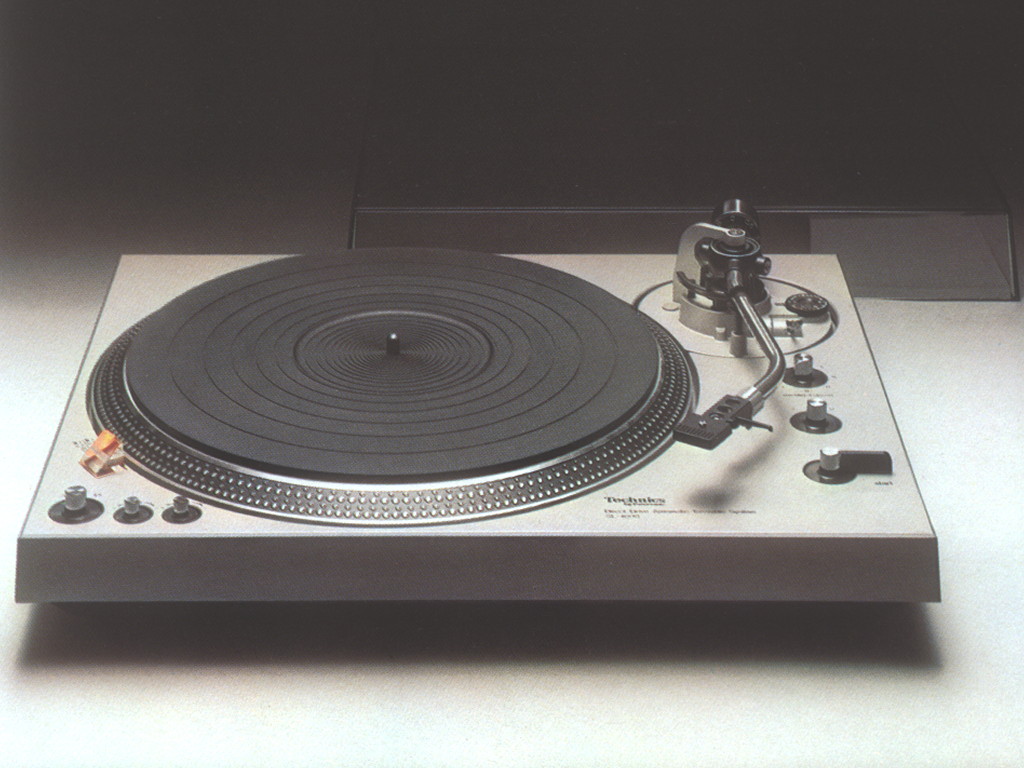
I was happy with my system.
Then, in spring 1978, I met Steve Golden and was invited up into the inner sanctum of the DJ Booth at HisCo Disco. In the booth was a pair of turntables that were to fascinate and enrapture me for decades.
Without much fanfare, at some point Technics had updated the original SL-1300 series beyond what they'd done with the 1600. Like the original 1300 and the 1600, the 1300MK2 was a direct drive table, but this one was quartz-locked, providing the utmost in speed stability. And not only was it quartz-locked, but it had quartz-locked pitch control and a digital readout. (Pitch control is the system that allows a DJ to make small changes in the speed of the record to match beats when mixing from one song to another.) This feature wasn't the biggest seller for me. It was that digital readout, the multiple integrated circuits used to control the deck (remember, this was 1978) and just the utter sexiness of the table that pulled me in. I wrote Panasonic (parent company of Technics) and requested brochures. When they arrived I almost orgasmed.
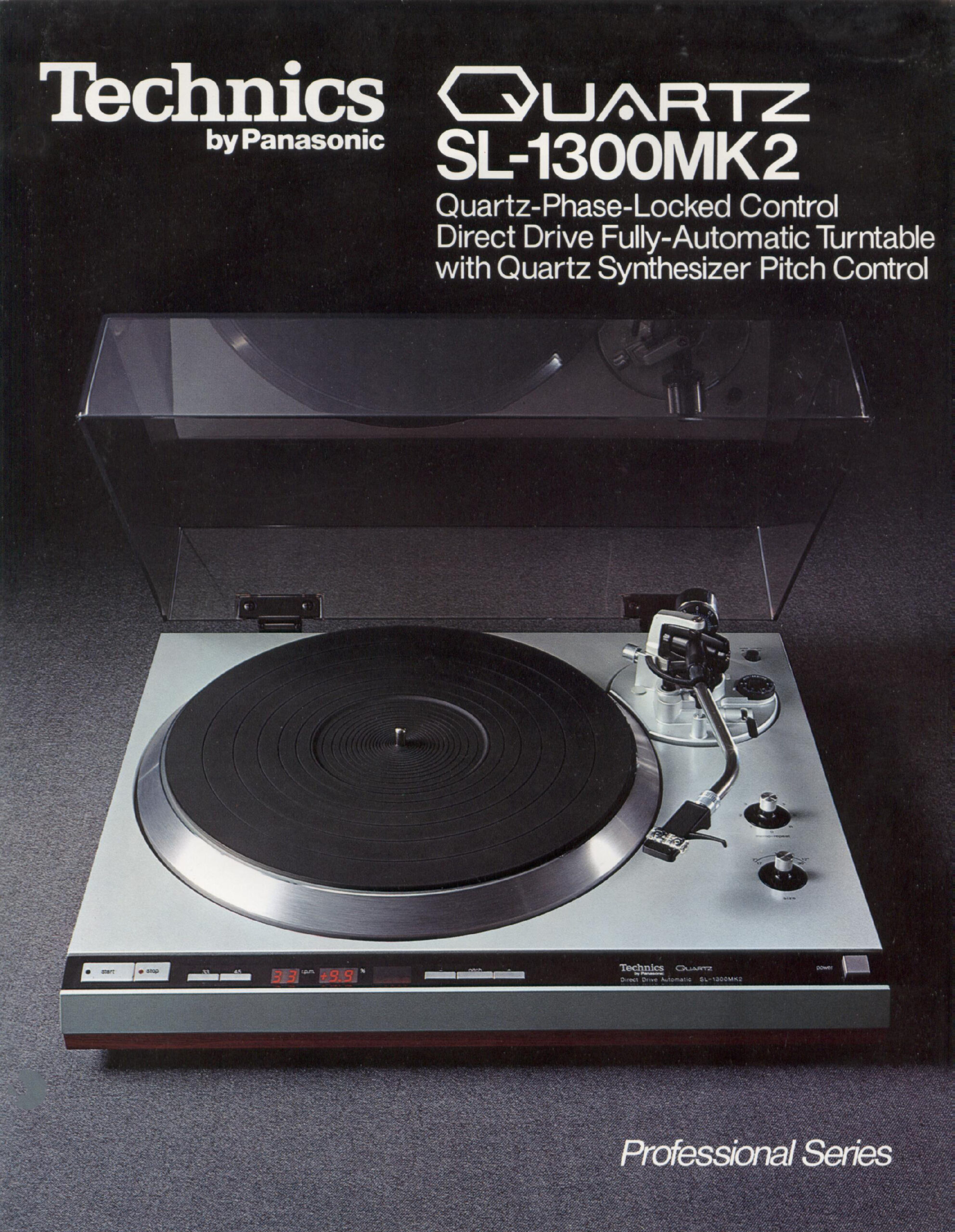
The beast sold for $500 in 1978 ($2500 in 2023 dollars). I was working, but I wasn't making anywhere near enough money to shell out that amount all at once, so I took out a loan. My folks thought I was crazy, but they cosigned the loan nevertheless.
Remember my early-adopter curse?
Yeah…
The turntable worked flawlessly for about a year. Then, one night I went to put on a record and it started spinning out of control no matter if I'd set it to 33 or 45.
I took it to the local authorized repair center. They determined that one of those fancy-schmanzy ICs had gone bad.
Several weeks later, not hearing anything back from them, I inquired as to the status. "The IC is backordered. No ETA."
I was jonesing for my music by that point. I'd just received a nice tax refund, so I thought I'd go pick up a 1500MK2 (the fully manual version, a couple hundred dollars cheaper) and use that until the 1300MK2 could be repaired.
Unfortunately, like with the original 1300, this MK2 line of turntables had been discontinued, replaced by the 1600MK2 series.
I didn't care as much for the styling of these new turntables. They weren't as sexy. Gone was the digital display, the under-platter strobe dots, and the precise pitch selection. On the upside, the tonearms were much, much better.
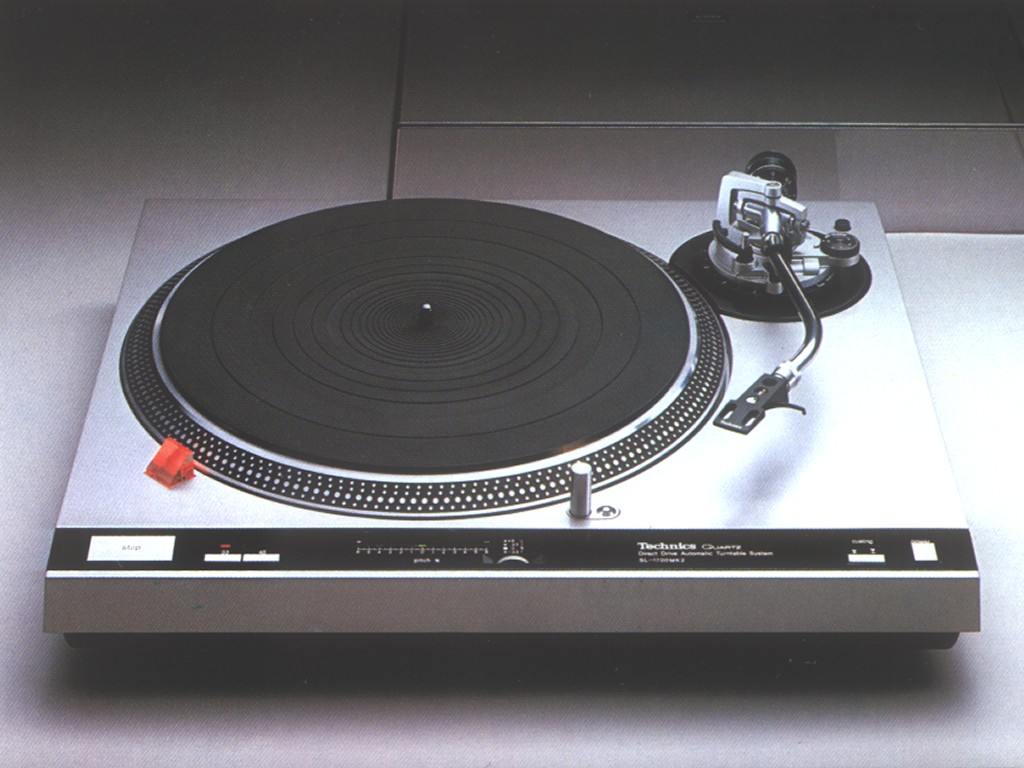
Now, of course, 45 years later, I think this line is just as sexy as the previous one in their own way. There's no denying that Technics was at their height of turntable design during this period.
So despite all the negatives, I plunked down $300 or so for a semi-automatic SL-1700Mk2. I could've gotten by even more cheaply by getting the fully manual 1800Mk2, but the price difference wasn't enough to offset the convenience of at least having the arm return to its rest when the record ended.
With still no movement on the 1300MK2 repair, I wrote Panasonic directly and explained what was going on with the local shop. They instructed me to retrieve the deck and send it directly to their service center in Los Angeles. I did that, and about a week later it was shipped back, fully repaired.
Unfortunately…it was left at our neighbor's house (whom we did not get along with), alone with their two feral pre-teens. You can figure out what happened next.
After contacting UPS and Panasonic, I was told Panasonic would file a claim with UPS and I was to ship the remains back to Panasonic for replacement.
A couple weeks later I received a "new" 1300MK2 from Panasonic. I say "new" because it was an obviously refurbished unit. It had no serial number, and to me it never really "felt" right. I stuck with the 1700MK2 I'd bought and ended up selling this Panasonic replacement unit about a year later.
Prior to all this turntable drama happening, one afternoon I was walking down the stereo aisles of the now long-defunct LaBelle's Catalog Showroom, and I passed a set of components that literally made me stop in my tracks and do a 180. Another Technics creation:
Okay, there was nothing wrong with my Sony. It was behaving itself and hadn't blown up since that initial incident a few years earlier. But damn…to me these were sexy beyond words. And they sounded good. Again, the $800 list price for the complete set ($3900 in 2023 dollars) was a little beyond reach, but I could afford to buy the individual pieces as funds allowed, and LaBelle's had steep discounts on everything so I'm sure the total I laid out for all three totaled no more than about 2/3 of that.
I started with the tuner. I'd been without radio since I got the Sony after graduation but it wasn't that big a deal to me. Phoenix has always been a radio wasteland, so it wasn't really missed. That changed one morning after I got the tuner when I woke up and turned it on and instead of hearing the usual jazz station I'd always tuned to, I heard disco. KXTC DISCO 92!
The preamp followed, hooked up to the power amp section of the Sony. And finally, I acquired the power amp with that bouncing LED power meter that caught my eye as I walked down the aisle months earlier.
At some point before August 1980 (I remember this date because it was when I moved out of my folks' house and into my own apartment), I grew tired of the sound from these components and made the mistake of putting the Sony back in the system. I'd forgotten how wonderful the Sony sounded. I boxed up the Technics amp and preamp and sold them to a local resale shop. I kept the tuner.
And then the Sony blew up again.
No longer under warranty, this was an expensive repair, but worth it.
Until about 1982, my system was stable. I was happy with how it sounded and everything was working as it should.
And then the Sony blew up again.
Repairs on the Sony TA-5650 were now prohibitively expensive since I no longer had the luxury of living rent-free at home. I was beginning to think it was time to say goodbye to the VFET, especially if I was going to be looking at that thing self-destructing every couple years.
Since the last time the Sony had been repaired, there had been a lot of strides made technologically in the hi-fi industry and it seemed integrated circuits were taking over everything. Of course, being the early adopter I was, I heard the siren call of this new technology. But would this be a repeat of the coolness-over-sound quality mistake I'd made with the Technics micro components?
Yeah. It was. Coolness won out. Again.
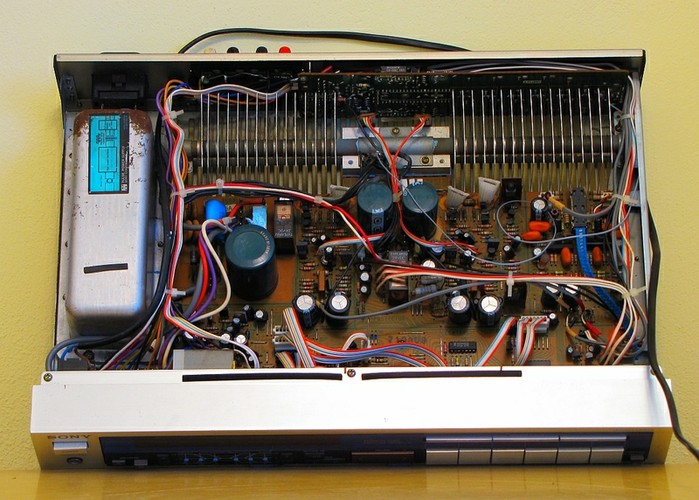
I mean there was nothing wrong with the way the new Sony amp sounded, but it definitely wasn't cut from the same cloth as its predecessor. Despite that, it remained in my system for several years and was trouble-free the entire time. From 1982 through 1986 my system consisted of this Sony TA-A5 integrated amplifier, the Technics SL-1700MK2 turntable, and my trusty Infinity 1001A loudspeakers.
In 1984, after nearly 12 years in this "hobby," I got my first cassette deck:
It wasn't anything special (despite the claims of the above advertisement), but it worked well enough to make tapes for the car and to give to friends.
A little over a year later I moved back to Tucson. While there, I helped a friend (Kate, whatever happened to you?) buy her first hi-fi. We went to Jerry's Audio and picked out a nice Yamaha receiver and a pair of Phase Tech speakers. I don't remember if she got a tape deck or turntable with the system, but I do remember being very impressed by the new Yamaha equipment.
I was so impressed in fact, that—having grown weary of the mediocre sound, the functionality, and the novelty of the knobless Sony TA-AX5, for the second time in my life I took out a small loan and came home with new stereo equipment: a 100-watt per channel Yamaha A-700 integrated amplifier, and a T-700 digital tuner.
A few months later, armed with a generous tax refund, I returned and picked up a Yamaha CD-500 compact disk player (my first!) and a KT-540 cassette deck.
In 1986, after moving to San Francisco, I finally retired the venerable Infinity 1001As. When I returned to Tucson for Christmas that year, I went to Jerry's and picked up my own set of Phase Tech PC60 loudspeakers and stands. Several months later I picked up the matching subwoofer from a shop in The City.
Toward the end of 1987, I started getting rid of my vinyl collection and sold the Technics SL-1700MK2 turntable. As I've written about before, this was one of the dumbest moves I've ever made in my life.
At this point, my system consisted of the Yamaha A-700 integrated amplifier, T-700 tuner, K-540 cassette deck, CD-500 CD player, and the Phase Tech PC60 loudspeakers/subwoofer. In 1990, I retired the CD-500 and bought a Yamaha CDX-730 CD player. The system remained essentially unchanged for the next decade, although when I briefly moved back to Arizona in 1995 I sold the tuner because Tucson was a radio wasteland and I'd plugged into DMX, rendering over-the-air broadcasts superfluous.
In 1997, after moving back to San Francisco, I met Barry Walters, the then music critic/columnist for the SF Examiner. The first time I visited his flat, it took my breath away. There was a twenty-foot long, floor to ceiling bookcase dividing his living room/kitchen from his bedroom in this fourth-floor walk-up attic apartment—and it was completely full of vinyl records. There wasn't a single title I threw his way that he could not walk over and retrieve from his collection (and I threw out some pretty obscure stuff). Around the same time I was messing around with Barry, Amoeba Records opened near the east entrance of Golden Gate Park, and looking through the bins there brought such waves of nostalgia over me I knew it was time to buy a new turntable.
Unfortunately, no one was really making turntables at that time that weren't absolute crap aside from Technics and their legendary SL-1200MK2, which was totally out of my budget. I called a used stereo equipment store in Berkeley and asked if they had any Technics MK2 series available because I really wanted another 1300MK2. They said did occasionally, but did not have any currently. But hey, they'd just gotten a near-mint 1600 in. Would I be interested in that?
Of course I would be interested! I drove across the Bay Bridge that afternoon and came home with the same model of the first "good" table I'd ever bought.
But that got me thinking. How could I find another 1300MK2? This was pre-eBay and the internet was still in its infancy, so it's not like I could just go online, input the model number and come up with a dozen being offered for sale. I think I eventually made a connection through AOL with a seller who was located in San Diego. After agreeing on the price, I arranged to drive down and pick it up in person, not wanting to risk having it damaged in shipping.
[to be continued, because this is already way longer than I anticipated]
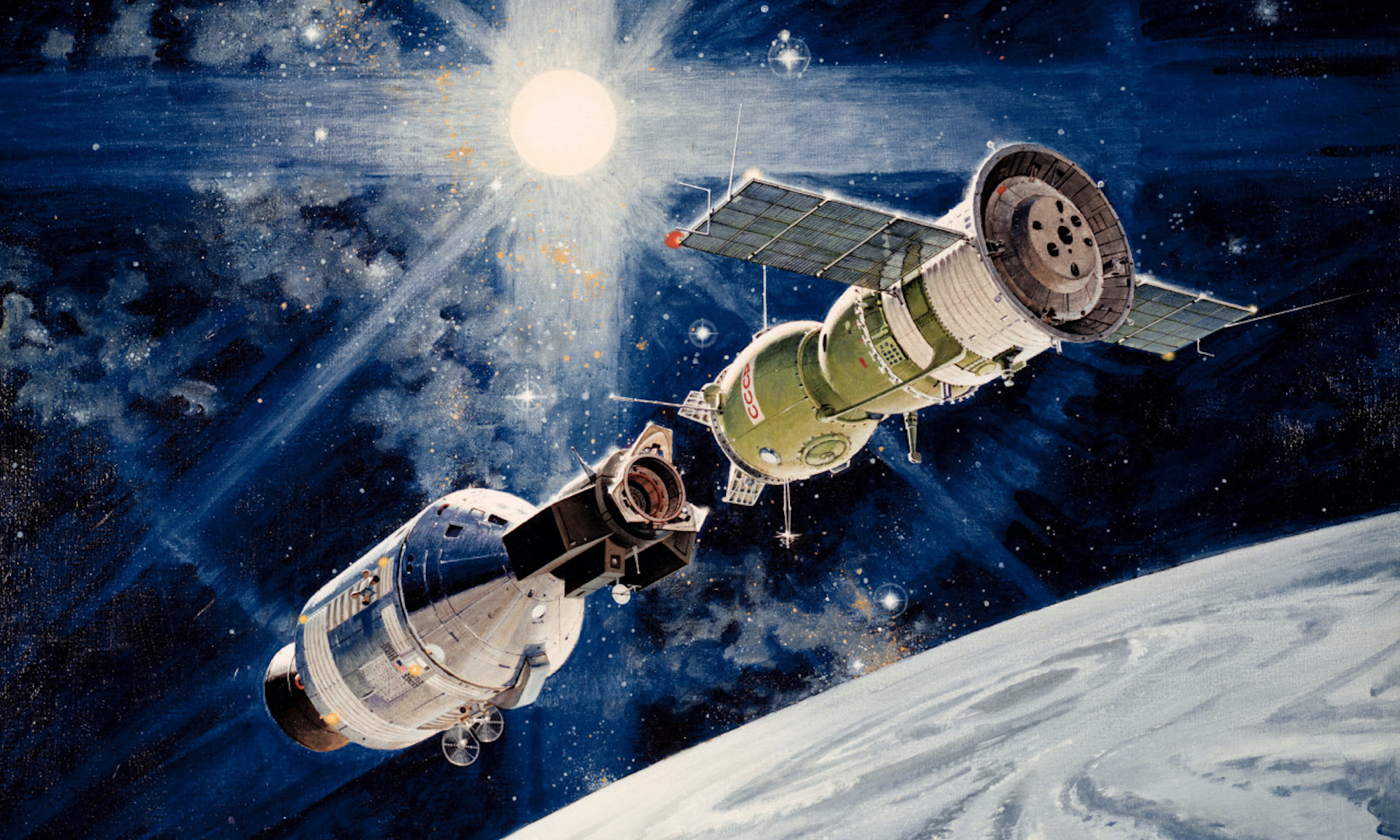
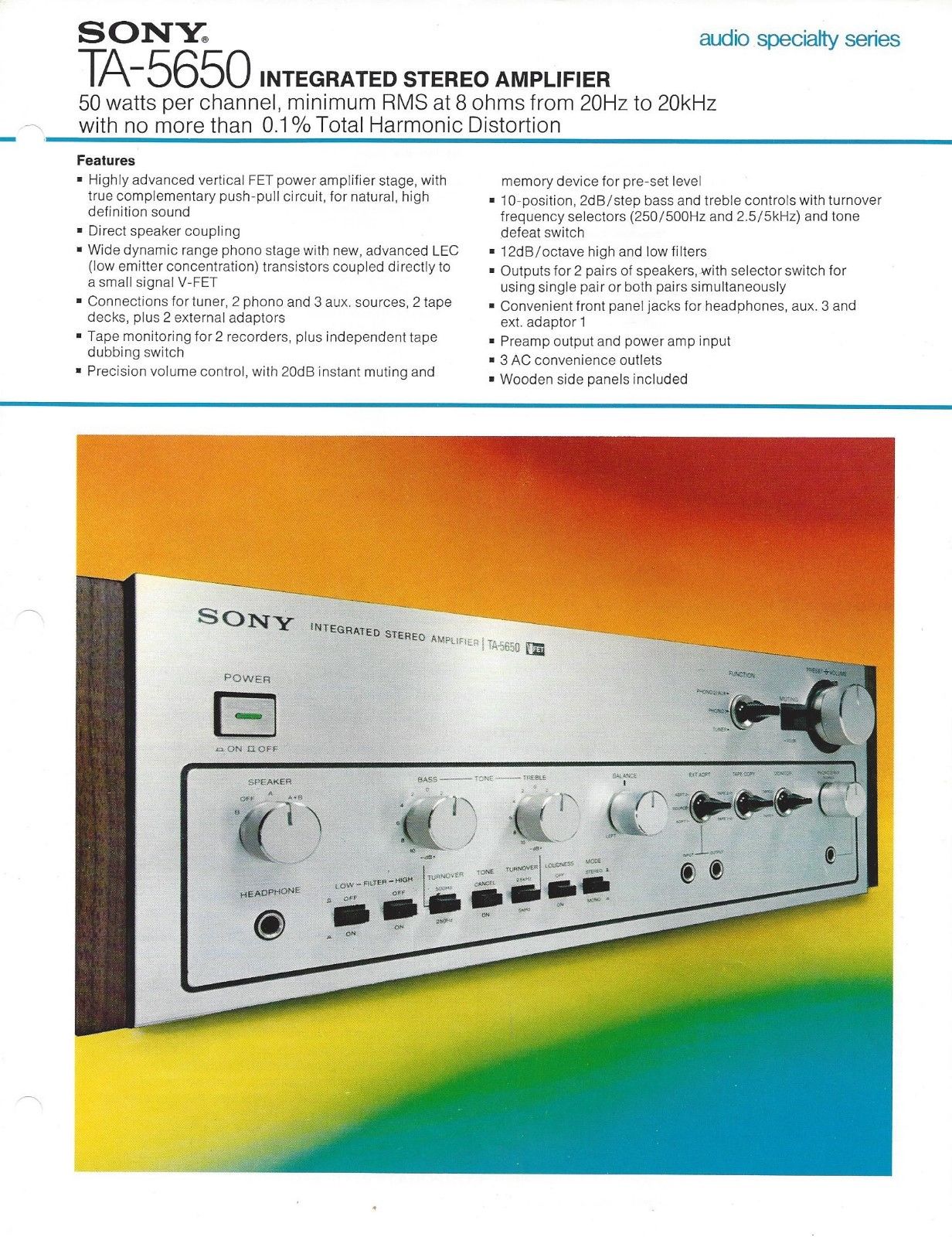
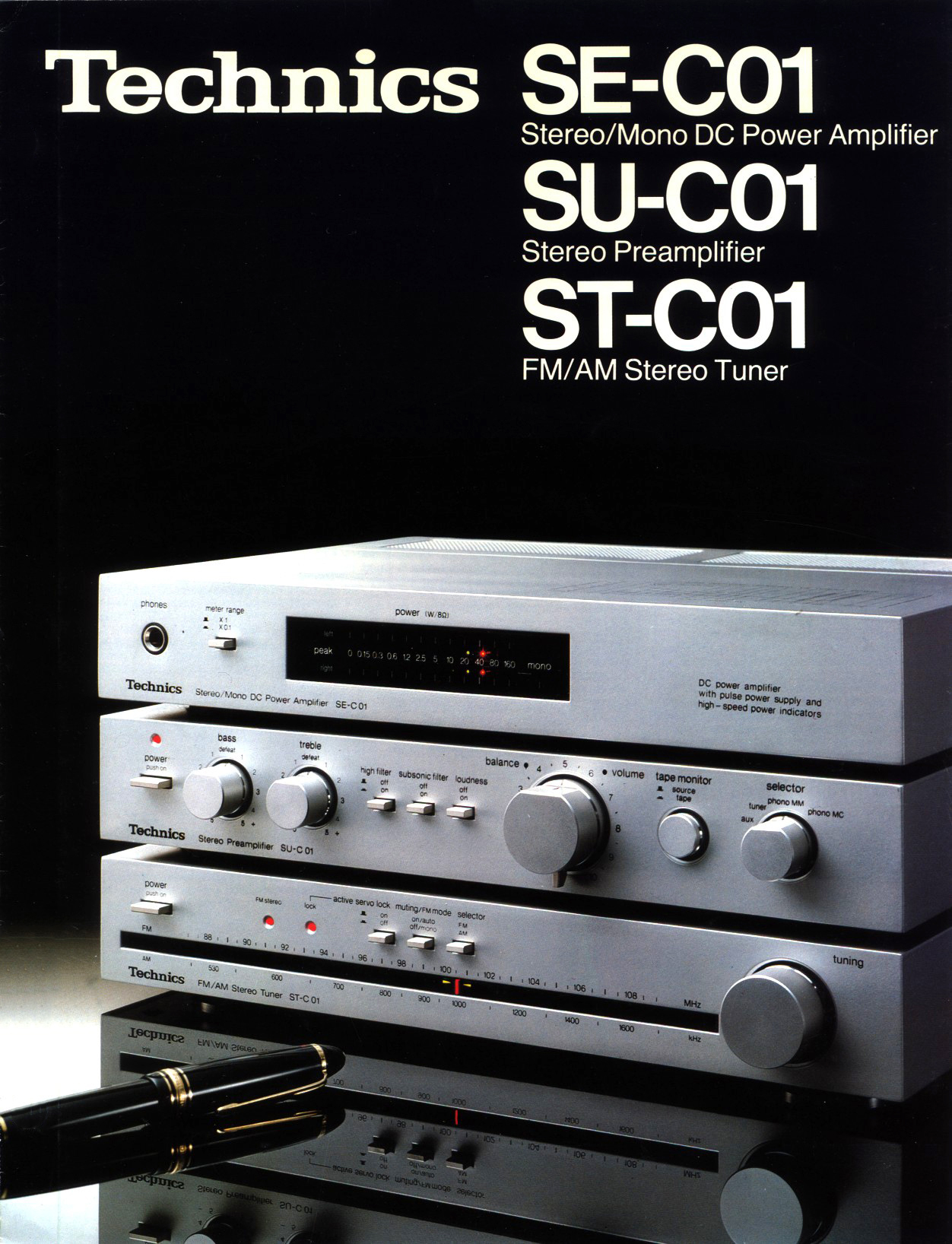
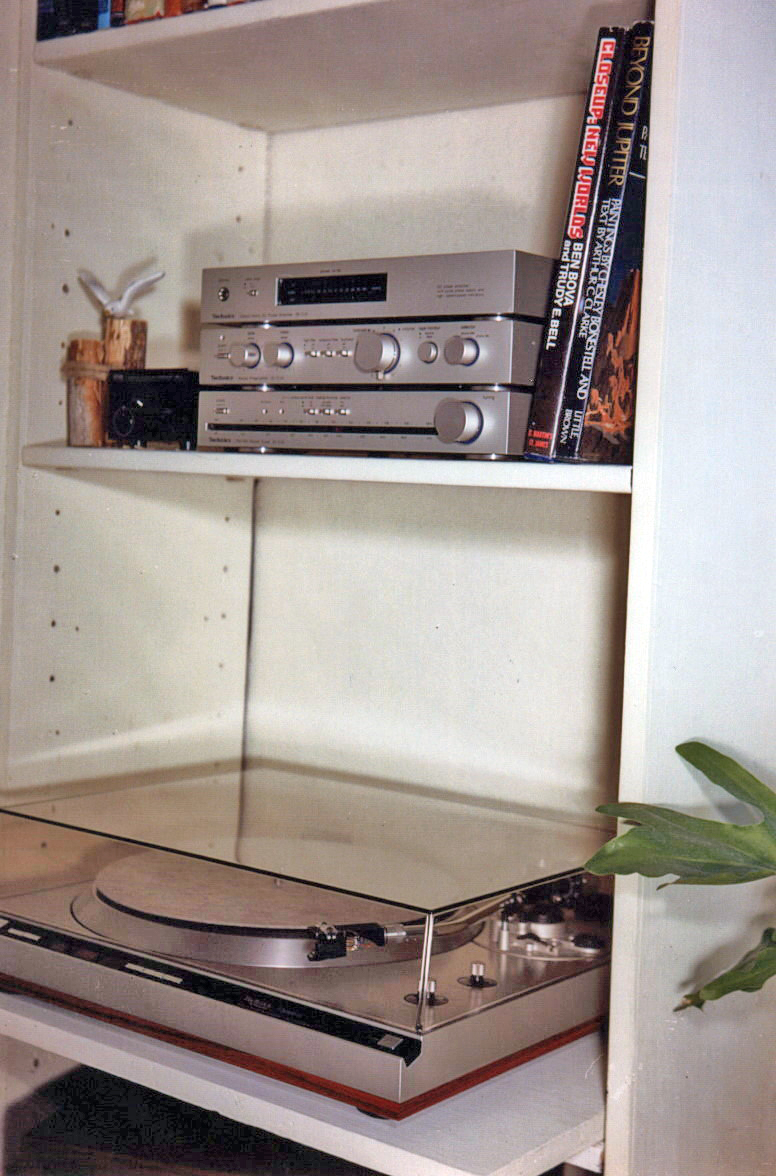

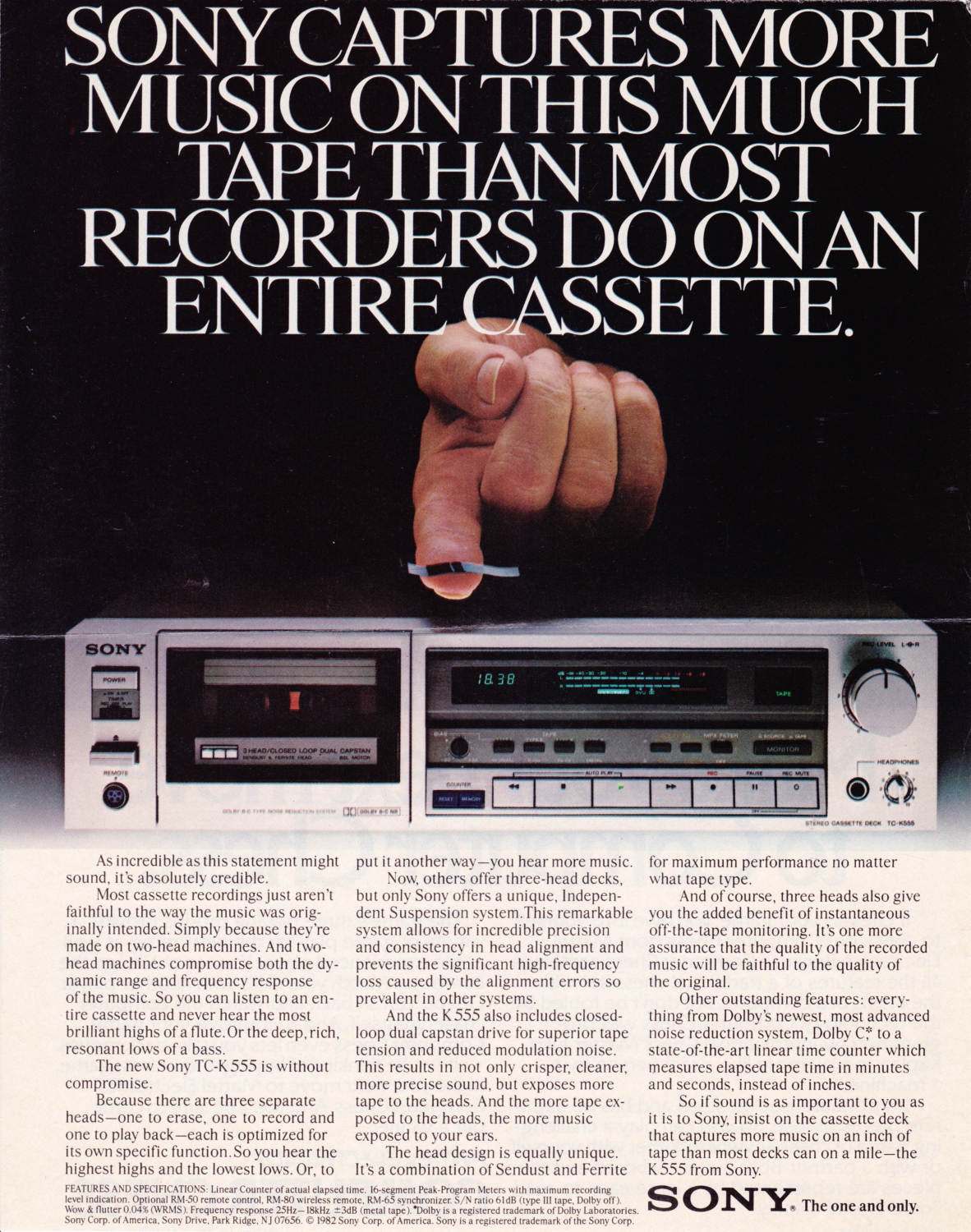
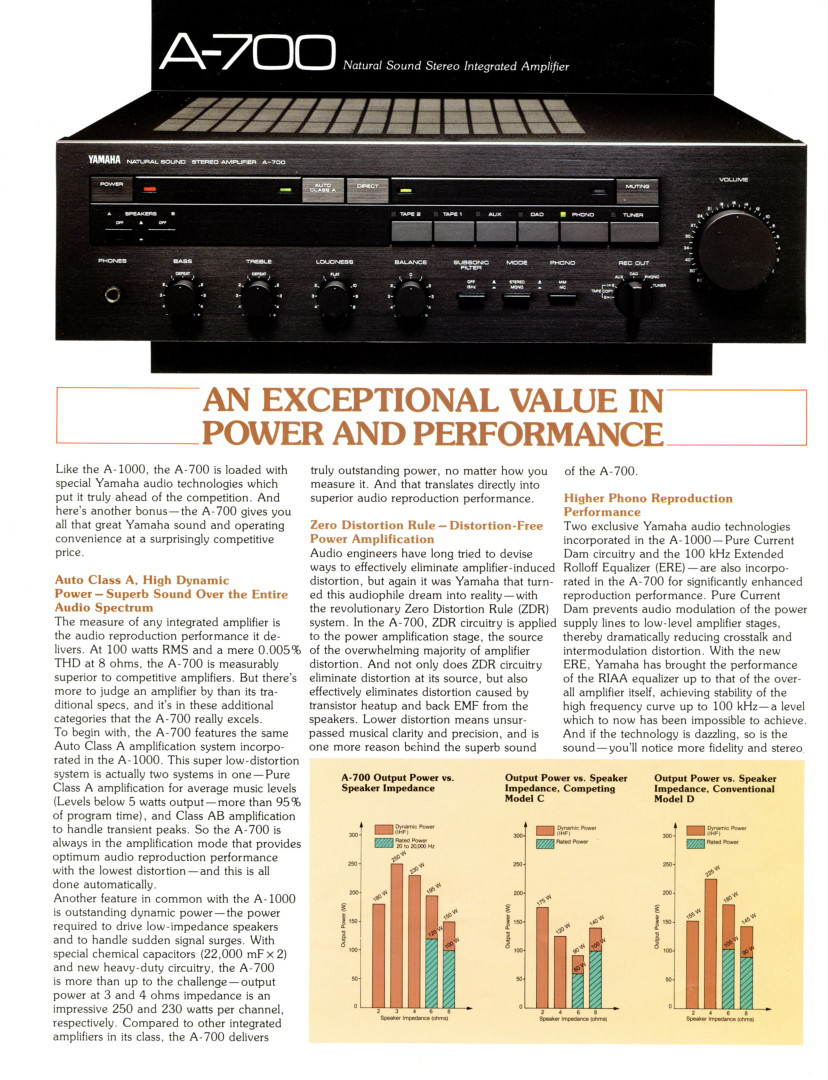
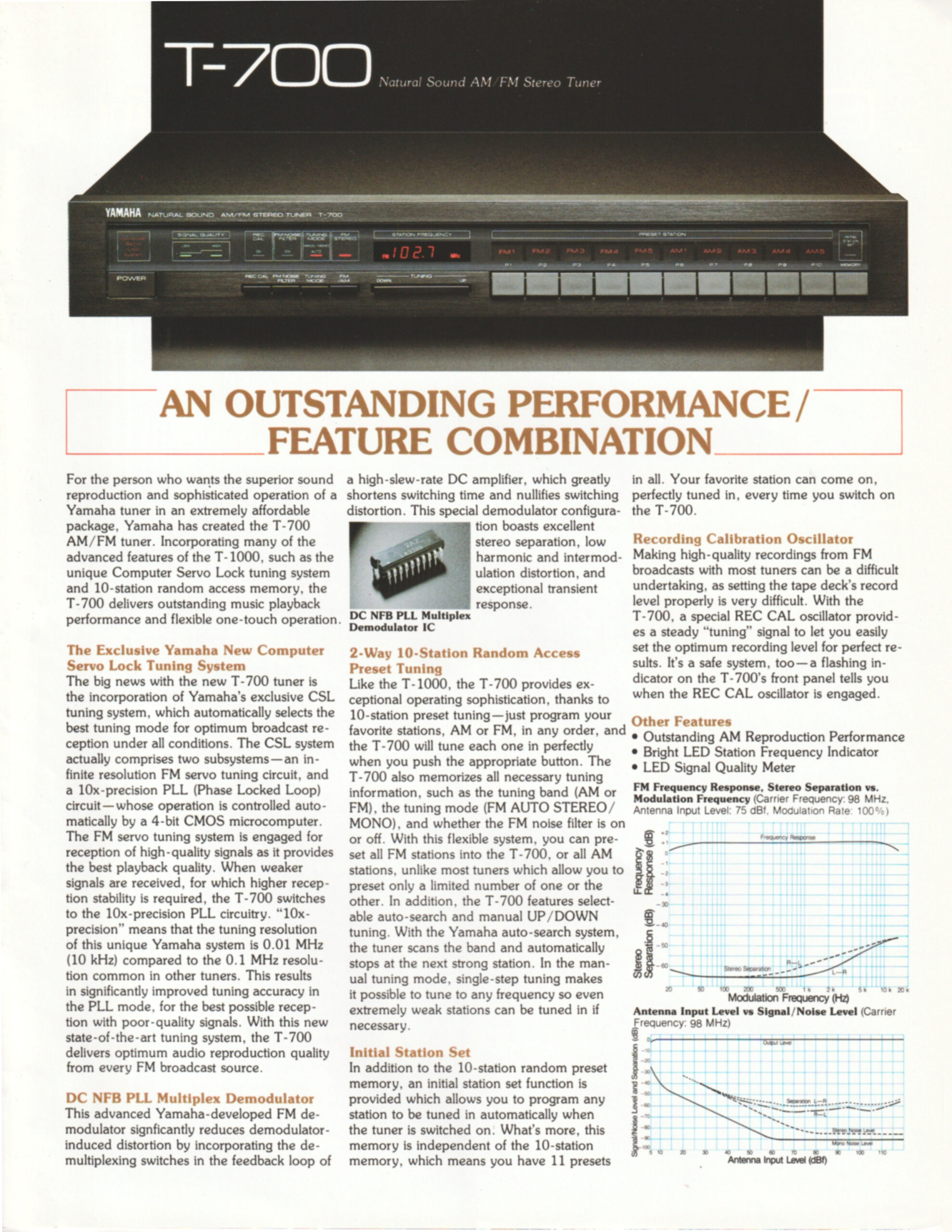
Neat history! My story starts in about 1967. I was seeking to replace my mono record player with a better stereo item. My parents were aware of my desires and Dad brought home a Motorola brochure from a local business we patronized. I was very eager to see what was available and what I might like best.
The brochure was a full-line brochure which had their best home entertainment canters, too. I read every word. Noticing that the more expensive products had "customizable" tone controls, depending upon what type of music one was listening to. Classical, pop, country, news, etc. No more simple bass and treble, but better. I also envisioned what it would be like to live in some of the houses these pieces of furniture were displayed in. With a later model Imperial and Chrysler 300 in the ample garage. Such dreams!
The stereo phonograph I chose was just a stereo record player, portable but larger, with detachable 2-way speakers. It arrived under the Christmas tree that year and I still have it. I took it to college with me, plus the two-sliding-door cabinet it sat on. I could seat-belt the cabinet into the back seat of our '66 Chrysler for transportation to and from college.
Somewhere in my junior year in high school, a local newsstand started to carry stereo and electronics magazines. I bought a higher-end stereo magazine and read it cover to cover. Reading all of the adds of who claimed to be the best with their products. Thus began my dive into home stereo equipment. In that magazine was a "Customer Information Card". Rather than circle the numbers for everything, I narrowed it down to the items I was truly interested in. Be it performance, engineering, or best guts. About 20 circles.
Then, over several weeks, that requested literature started to arrive in the mail. By that time, I was also receiving Allied Radio catalogs from Chicago, so my knowledge base was increasing quite a bit. I read each of the brochures. Speaker brands like Altec-Lansing. Dual turn tables. It was an education that tended to coincide with what I was reading about in Radio & Electronics magazine, too, plus some of my high school physics classes.
R&E was interesting as they also had tech articles. Listening tests, engineering analysis, plus some "build it yourself" articles. One was on a "compander". Seems that in order to record the sound onto the vinyl medium, there were electronics to "dumb the sound down" so it could be transferred, which took out some of the little bits of the sound in the process. Knowing the electronics of this, the article was about building an add-on item to re-expand the sound to its original glory. "Compact" to record, "expand" to listen to it. That was the first time I had ever known about such things! Of course, they had the schematics to build one and where to get the parts to do it. Although impressed, I was more oriented toward building carburetors than electronic circuits, at that time.
In the middle 1960s, cars and music were expanding their long-standing partnership, it seemed. The old rear speaker reverberation units were suddenly "stereo reverb" items, it seemed, still running from a mono AM radio, with the literature speaking to "concert hall sound" (which was a huge stretch, but better than the one front speaker!).
In the earlier 1960s, FM radio was around in the bigger cities, but had poor reception due to weaker signal strength. Much of that would change by 1970 as FM stations increased in numbers and signal power, such that 70 miles was a good reception distance in many areas. The earlier factory AM/FM radios were upscale in the 1964 Chrysler New Yorker Salons, but things really exploded in 1967-68 with AM/FM Stereo factory radios with 4 speakers. Chrysler Corp used 3 across the instrument panel and 2 in the rear, as Ford and GM just had a total of four. Sound quality was really good, plus separation. Cars were getting quieter, too, which helped things a lot.
Before my uncle went to Viet Nam, he bought a new '67 Caprice with the factory 8-track stereo in it. Two kick panel speakers and two in the rear package tray. With some finesse, you could image the sound right off of the windshield for front seat passengers. I thought that was so neat and enjoyable! Sound quality was good, if not a bit bassy, but an Elvis 8-track sounded awesome.
Throughout high school, 8-tracks quickly replaced 4-track Lear stereo players. The 8-tracks were an engineering marvel, compared to the later cassettes. But they had their "use issues" as time progressed. Not really uncommon to see an 8-track cartridge on the shoulder of the road with tape hanging out of it. Some knew how to fix those things. Sometimes it worked and sometimes not.
Through all of these home audio and car audio learnings, I was preparing myself for an "after college" upscale existence by learning about all fo these things. I could understand the reasoning behind individual components (tuners and amps), but also liked the simplicity of the receiver-amps. External tv and radio antennas were in that mix, too. Then came speakers and where/how to position them. I had read of the first Bose speakers (about 32 in each enclosure, aimed toward the wall, for reflecting sound, with a few aimed toward the listener). The theory was interesting, but I still liked a good 3-way speaker in a moderate-sized enclosure. Then came wired-in equalizers rather than just the normal tone controls.
I read the specs and somewhat obsessed over the little improvements in circuitry and amps for a better/more realistic sound. Also noting that vacuum tubes usually had a warmer sound that digital transistors did. In about 1973, I went to a mid-range stereo shop in Lubbock (after classes one day) and did some listening to a new brand of receiver. I noted that it had a warmer sound, like vac tubes, which I tended to like. I took a product sheet with me back to the dorm. They had some of the high-end brands in addition to some lesser alternatives. At the time, I could afford none of them nor had a place to put them, so it was just "dream shopping".
In about 1972, Sony had come out with some "Matrix Stereo" portable table radios. I thought they sounded neat, getting a stereo spread from three side-by-side speakers. Portable in that it would run on AC or batteries and had a nice telescoping antenna. Sounded great for what I wanted to take to college with me. I've still got that, too.
Over the past 10 years or so, I've been a bit surprised at the used stereo equipment from the 1970s or so that has showed up at vintage stereo shops in the DFW area. In many cases, more middle-level components and speakers. Usually for about $200.00 for the receiver/amp and two floor speakers. Some with tape capabilities, too.
In the later 1970s, I had listened to enough speakers to determine that Panasonic items were more about rock music as Acoustic Research was more about accurate reproduction. So ARs and later Advents were my desired speakers. A local, Fort Worth business started to build speakers. TOBY, which was a very clean, accurate speaker in the AR orientation of things. A friend had some and they were different to listen to, rather than the bass-heavy speakers many tended to gravitate toward back then. Once I got used to listening to them, they were really neat. Having been in high school band, I knew what to listen for. They also had some 6×9 car speakers, but were a bit more expensive than what I wanted back then.
Living through all of these things. Experiencing them in mostly real-time. Watching the tech and engineering progressions was great. With tech improvements being similar to the yearly new cars and later computer capability improvements.
At some point, these improvements reach a plateau where the newer stuff costs more than desired and the added improvement in the specs is only significant on paper and in meters.
Those 1970s and 1980s era home audio components were so elegant and neat to have. With their strobe markings on the edge of the turntable platter so you could see exactly how fast the platter was turning for best and most accurate sound reproduction. as the low-mass and low-contact pressure stylus followed the grooves to make the best sound they could. Audio engineering marvels to be sought after and cherished!
Enjoy!
Cdadbr